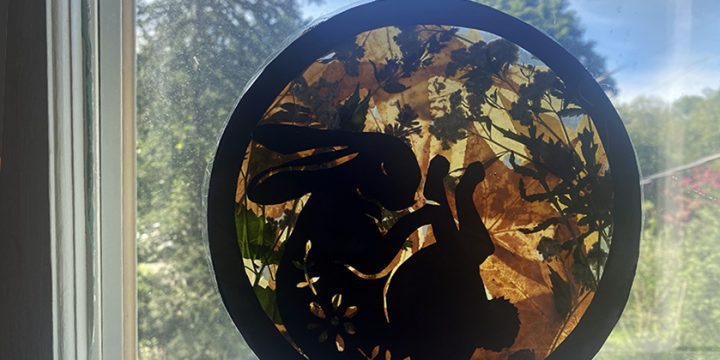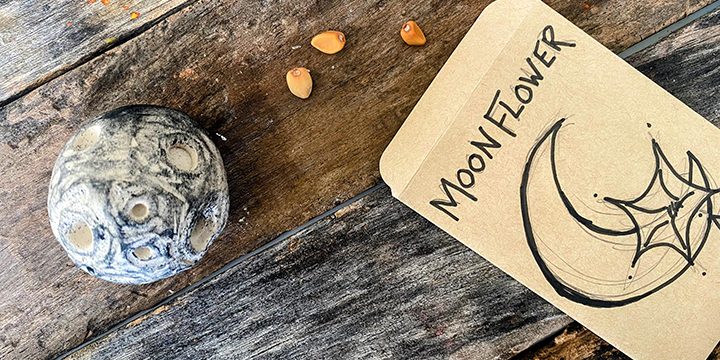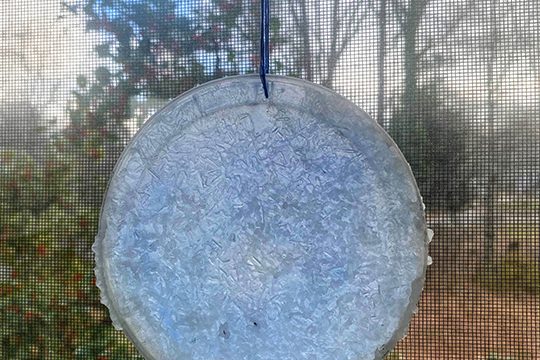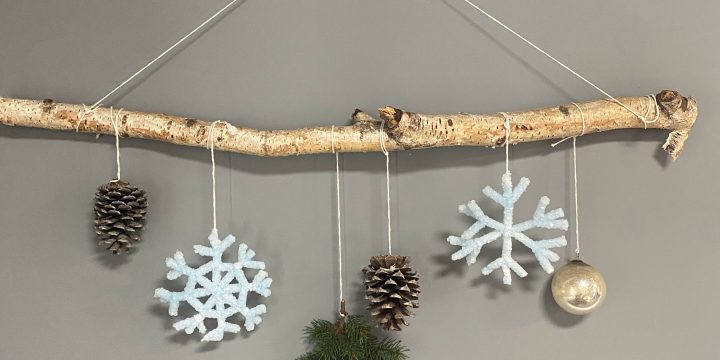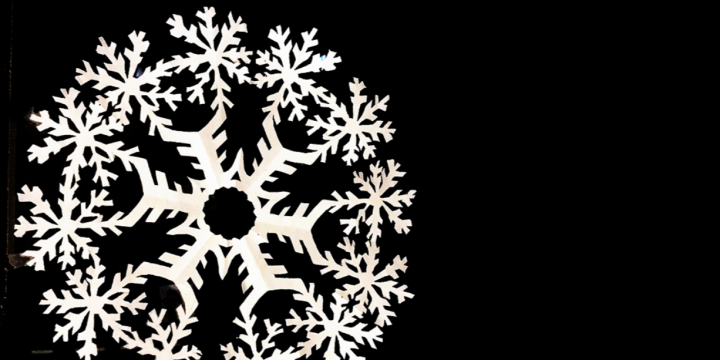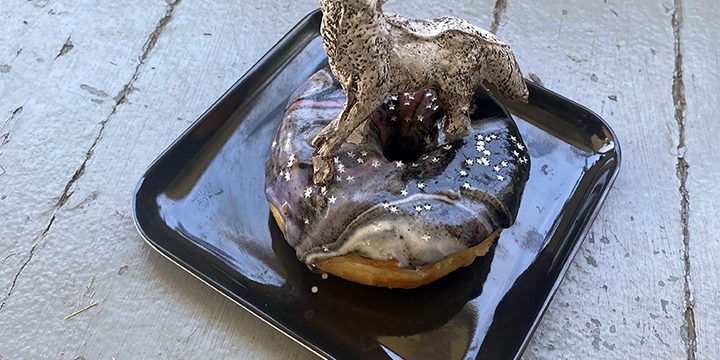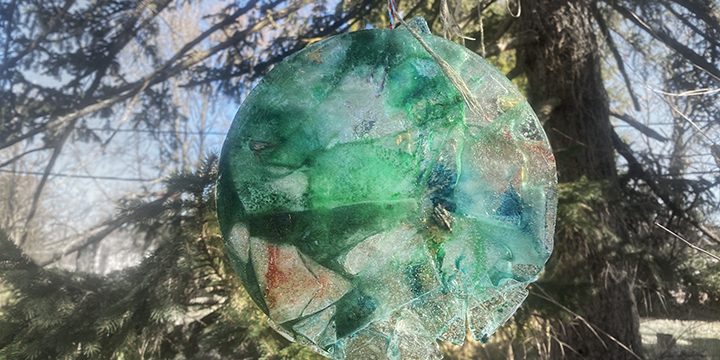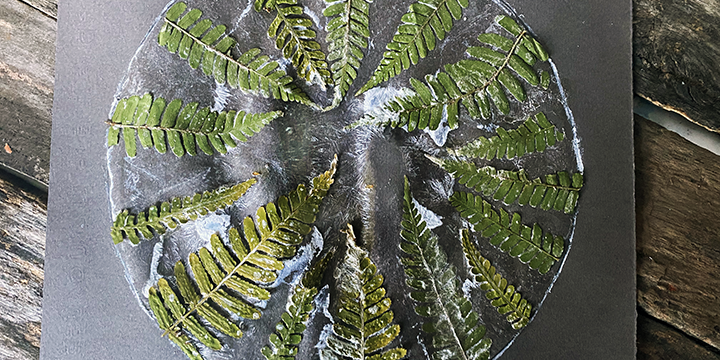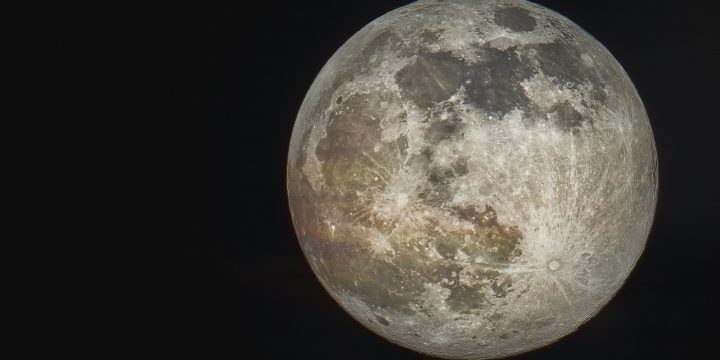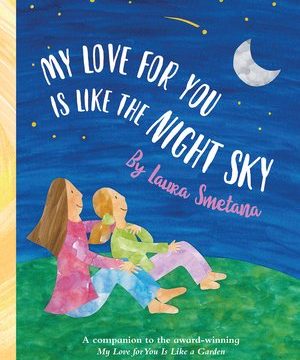
“My Love for You is Like the Night Sky”
Picture Book Hikes are a fun and easy way to bring learning outside. Read a book (you can even read it outside!) and then enjoy the related hike, activity and snack suggestions! My Love for You is Like the Night Sky Written & illustrated by: by Laura Smetana My Love for You is Like the Night Sky is a lovely, lyrical story about how much a parent loves their kiddo. Gentle, spare text full of night sky and space metaphors, (glittering galaxies! full moons!) make this a fun book to introduce younger friends to moon phases, constellations, and the solar system. A perfect wind down/ bedtime book, Laura's beautiful illustrations could also be a jumping off point for a moon study. Thank you to Flying Cardinal Press for providing this book…

